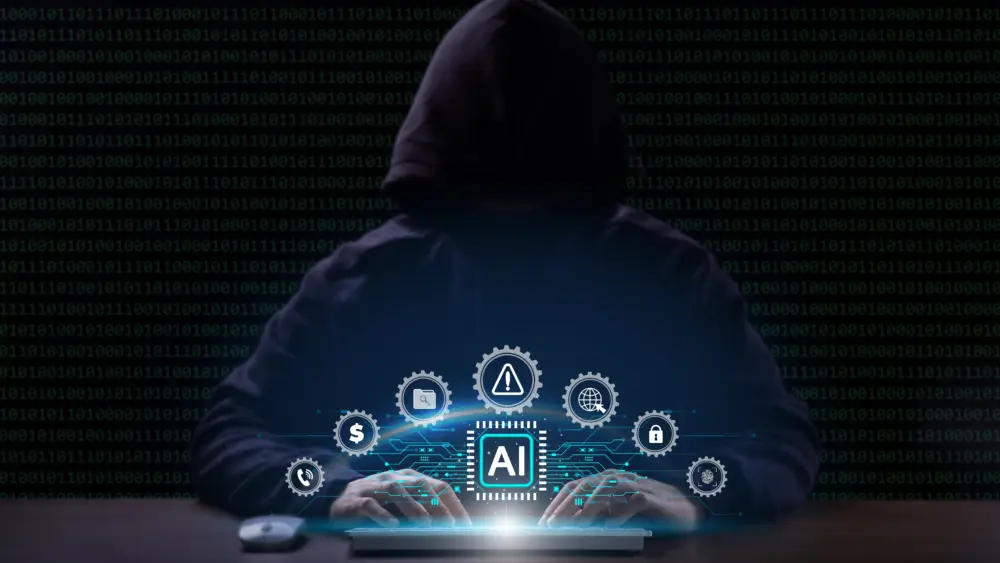A new source of abundant, cheap and portable energy would transform human existence.
Each month, I go looking for something interesting to tell you about. There’s always something happening: the Net Neutrality debate, some revelation about government spying, the latest data breach or…solar-powered roadways?
The basic idea is to build roads, parking lots, sidewalks—you get the idea—out of (extremely durable) solar panels. What caught people’s attention was that the company involved (Solar Roadways) launched a crowdfunding campaign at Indiegogo that, so far (at press time, there were still another couple of weeks to go) has raised $1.9 million, well above the goal of $1 million. Clearly, solar roadways caught the imagination of a large number of people.
Then I saw a story about plans to shade aqueducts in India with solar panels, which not only makes better use of farmland but also reduces evaporation. The current experimental version covers about one half-mile of waterway and generates one megawatt of electricity.
This all got me thinking about energy in general. Much of the energy we use has its source in the sun, and plants are one of the main ways the sun’s energy is turned into a useful form. Plants turn the sun’s rays into sugars and starches that are eaten by humans and animals to produce the energy required for life. Long ago, plants grew and died and, with time and pressure, became fossil fuels. Solar energy generation, whether through solar cells or generating steam, attempts to cut out the vegetative middleman and directly capture the sun’s energy.
This brings us to batteries, which, like food and fossil fuels, store energy and make it portable. One of the major ongoing tech stories is the evolution of energy storage technology to make it more efficient, lighter and less costly. From hydroelectric dams to lead-acid batteries, lithium-ion cells or the elusive super-capacitor, storing energy efficiently is just as important as being able to generate it.
It’s not much of an exaggeration to say that the production and storage of energy is the heart of life itself. From animals to modern civilizations, we’re all engaged in a hunt for energy. Theoretical physicist Freeman Dyson postulates that super-advanced civilizations orbiting far-away stars have actually built so-called “Dyson spheres,” enclosing their sun in a sphere made of some futuristic solar-cell-like material that lets them capture all of their sun’s energy output for use. His idea is based on the notion that, throughout history, technological civilizations have constantly increased their need for energy.
Quite simply, a new source of abundant, cheap and portable energy would transform human existence, just as the discovery and exploitation of fossil fuels launched the past century or two of incredible technological progress.
I have a seven-kilowatt solar installation on my house in western Sonoma County, and my annual electric bill is about $125, most of which is the $8 monthly fee PG&E charges to keep track of energy generation and use. I love seeing solar installations providing shaded parking in various locations around the North Bay: When you think of it, this is a much better idea than a solar parking lot, since it’s never covered up by parked cars and probably cheaper to build (although definitely not as cool as interlocking hexagonal building blocks that make up the Solar Roadways concept).
I’ve said before that the person who invents a practical cure for obesity will be the next Bill Gates. Just remember that, in today’s dollars, oilman John D. Rockefeller was much richer than Gates ever was. (Forbes estimated Rockefeller’s peak wealth was $336 billion to Gates’ meager $136 billion.)
Docs
My last two columns covered Google docs and the general notion that fully featured applications are now delivered by opening a Web page. It sounds simple, but in the next few years, it will be transformative. Eventually, those of you who still remember installing applications from media like floppy disks and CD-ROMs or downloading them from the Web will wonder why we ever did it.
As far as day-to-day use of Docs, it does require you have a persistent connection to the Internet. If you lose your connection (as I just did) while editing, the program won’t let you type until it reconnects. The good news is that everything you type is immediately saved to Google Drive, so there’s very little chance of losing your work. What’s weird is never having to press Ctrl-S (the keyboard shortcut to save a file), which is almost second-nature for any Microsoft Word user.
Sharing a Google Doc (document, spreadsheet, presentation) is as simple as sending a link to another user, although you can restrict access completely (the default) or let only certain people access the link. You can also give others editing permission. It’s unreal to work with someone on the same document at the same time (watching them make changes in real time), but it can really improve collaboration.
If you haven’t tried using a browser-based application like Google or draw.io (a Visio-like diagramming tool), you really owe it to yourself to try it out.
Author
-

Michael E. Duffy is a 70-year-old senior software engineer for Electronic Arts. He lives in Sonoma County and has been writing about technology and business for NorthBay biz since 2001.
View all posts



